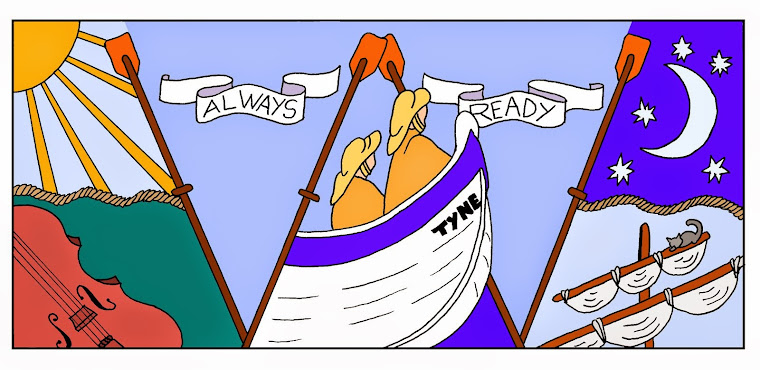Richard may have been apprenticed or he served as a
mariner since he was on a boat near Spithead when he was pressganged onto the
Superbe Tender of the Royal William at Spithead October 21st 1790,
aged 18.
Impressment was the compulsory recruitment of men to the
Navy by parties of seamen commanded by officers, known as a 'press gang'. It
was legally based on the royal right to call all men for military service. Richard did not take the “Kings Shilling”
which would have classified him as a Royal Navy Volunteer and was therefore not
entitled to a bounty.
He was transferred to the Pandora (a 24-gun
"Porcupine Class" frigate) on 26th October 1790, joining
the crew as an Ordinary Seaman. He was promoted to Able Seaman April 1791.
(Information from the National Archives ADM 36/11136)
The Pandora
HMS Bounty
was sent to Tahiti on a special mission to collect breadfruit plants, and to
nurse them until they were resilient enough to transport across the sea to the
West Indies where they could be cultivated as a staple food source for slaves
working on sugar plantations. A mutiny that took place in 1789 which had
resulted in the ship being taken over by the mutineers led by Christian
Fletcher; the captain and 18 ‘loyal’ crew members were set to sea in an open
boat with minimal rations. Captain Bligh’s report of the mutiny was
hand-delivered to the Admiralty in March 1790.
The Admiralty took a very dim view of the mutiny and in
November 1790 the Pandora, captained by Edward Edwards with a crew of 135,
sailed in search of HMS Bounty and the mutineers, with the express purpose of reclaiming
the ship and bringing back the mutineers to stand trial. Although the ship located some of the
mutineers, several of whom surrendered, neither Fletcher Christian nor the Bounty
(which had been scuttled by this time) were found. The captured mutineers were manacled and
locked away in a makeshift prison on the ship, referred to as "Pandora's
Box".
The Pandora had a futile search lasting more than three
months, visiting most of the major Polynesian island groups west of Tahiti.
Eventually it began to run short on supplies and at the end of August 1791, while
trying to find a channel through to land, the Pandora sailed too close to the
Great Barrier Reef and was grounded.
Efforts to free it proved fruitless and the ship sank within
24hours. Loss of life included four
Bounty prisoners and 31 of the crew of the Pandora.
The survivors, eighty-nine of the crew and ten
prisoners, spent three days on one of
the sand cays near the wreck. The day after the wrecking, George Passmore, the Pandora's
master, was sent back to the wreck in one of the boats to see if anything
useful could be salvaged. He returned with several pieces of the masts, some
lightning chain, and the ship's cat - found perched in the main masthead. Since the cat is not mentioned in any of the
published survivors’ accounts, her fate is a mystery.
While on the sand cays four boats were prepared for the
arduous voyage to Timor where the survivors hoped to find passage on ships
bound for Europe. The survivors sailed
1100 nautical mile (2100 km) in open boats to Timor. Eventually 78 of the crew
members made it home to England in summer 1792.
Richard is recorded on the crew list of HMS Vengeance from
2nd August 1792. He was
transferred from ‘the Harwich Smack late
belonging to his majesty’s ship the Pandora by Admiralty order’. He was
discharged on 3rd September 1792. (From National Archives ADM
36/11231)
Today the Pandora is one of the
most significant shipwrecks in the Southern Hemisphere. The Queensland Museum
has been excavating the wreck and piecing together the Pandora puzzle since
1983. Their website gives a full account
of the Pandora’s voyage, its crew and the mutineers. The website Fateful Voyage
also provides much information about the Pandora’s voyage as well as that of
the Bounty.
The remaining known details of Richard’s career will be
given in part 3.

